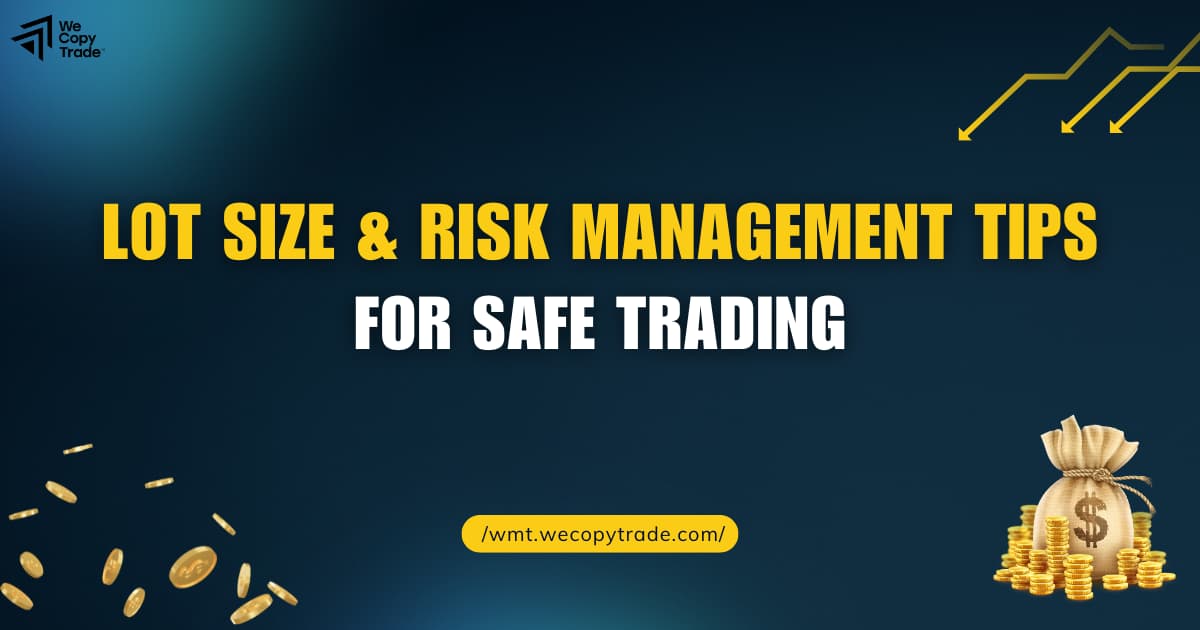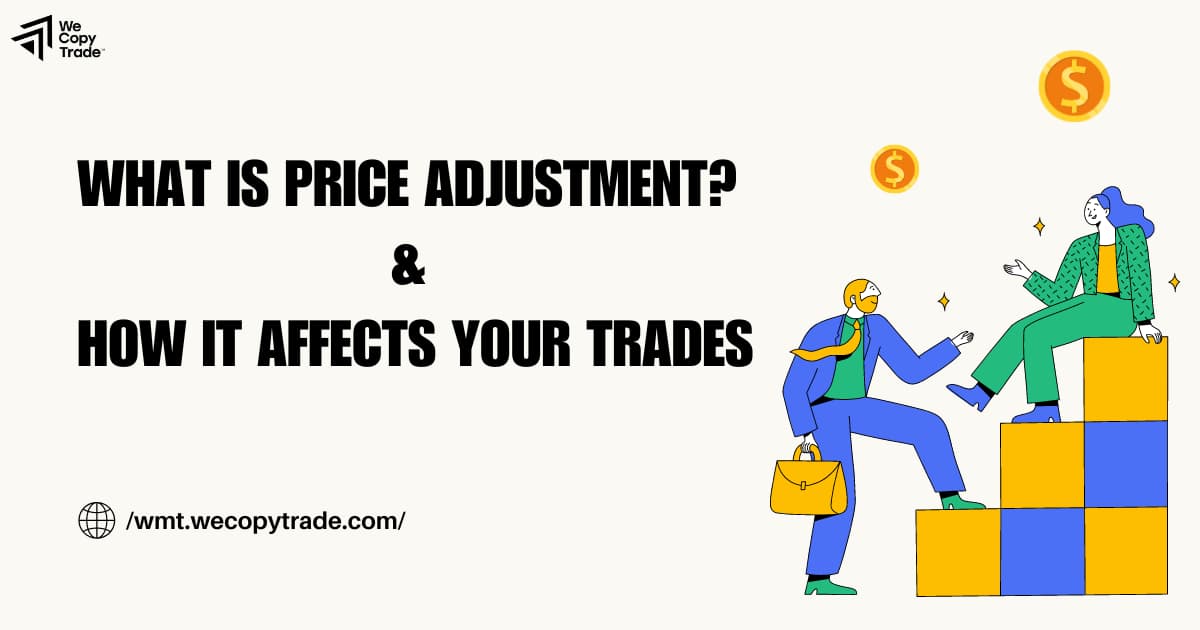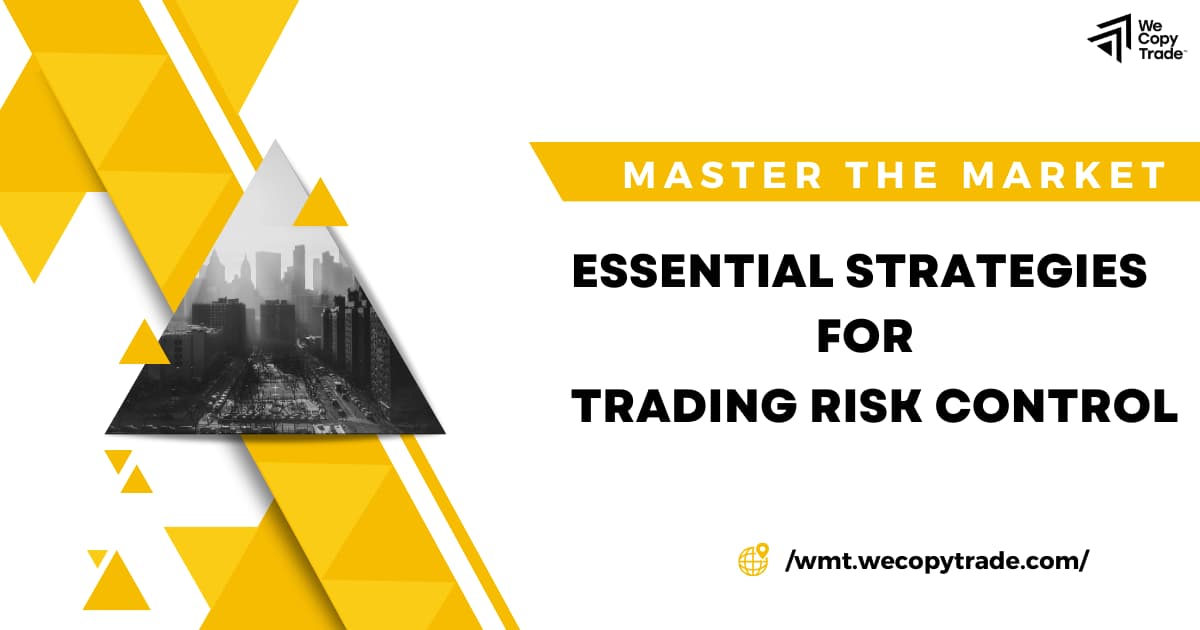
Managing your risks is important when investing in the financial markets. No matter your experience level, keeping control over what you could potentially lose is key. This guide will uncover some effective strategies for maintaining trading risk control. Mastering these strategies will help you feel more confident in making decisions, better control your trading risk, and ultimately earn profits.
Understanding Trading Risk
Trading risk signifies the risk of losing some or all of the money you invest due to various factors that affect the value of assets. These risks may be classified into several types:
- Market risk: This is the risk that the overall market moves against your position. For instance, if you buy a stock and the market declines, it will likely impact that stock’s price.
- Trader risk: This type is totally up to the investor and is decided by strategy, control as well as reaction. It develops as a result of investors’ reactions to market risk.
- Credit risk: If you trade on margin or borrow money to trade, there is a risk the person or organization lending the money could run into financial problems.
- Liquidity risk: Not all investments can be sold quickly. If you need to exit a position fast, an illiquid asset may be hard to sell without lowering the price.
- Operational risk: Things like computer glitches or human errors by your broker may cause losses due to system breakdowns or mistakes.
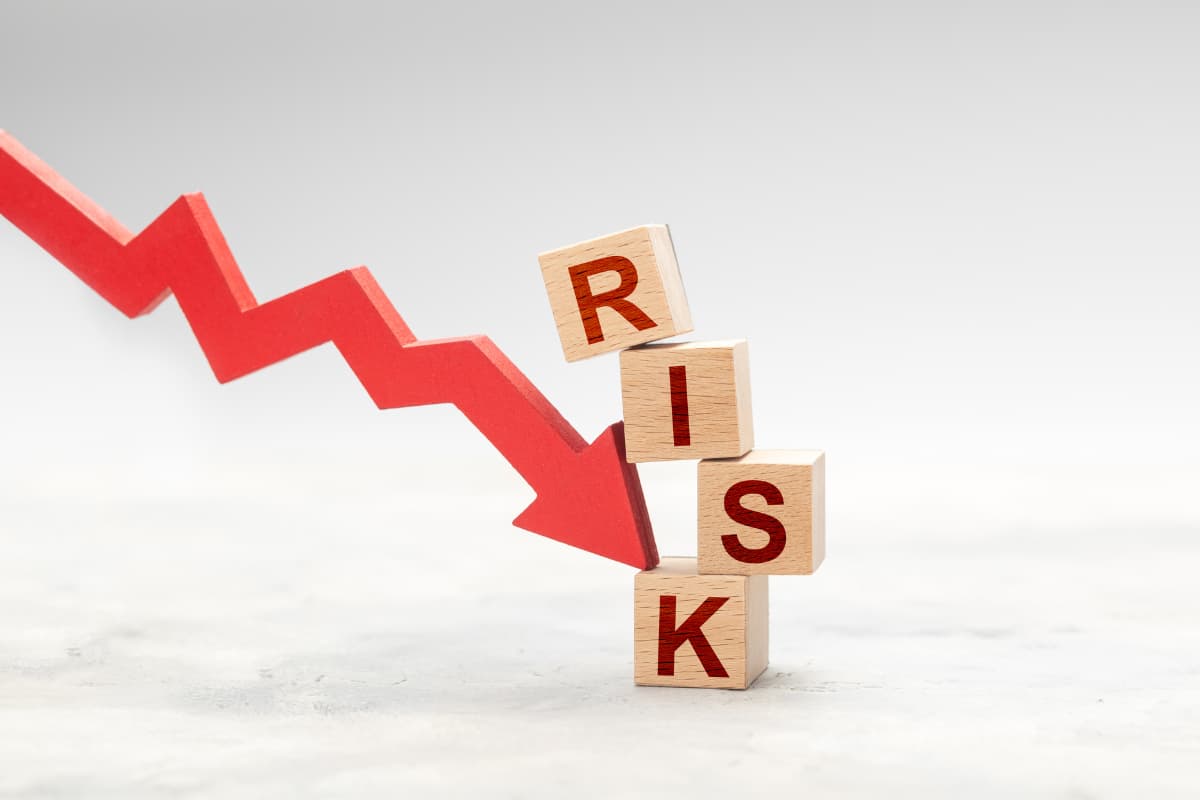
Failure to manage these risks appropriately might result in significantly larger losses. However, by recognizing the different kinds of trading risks and developing a strategy to deal with potential downsides, you can minimize risks and achieve bigger gains.
Key Principles of Risk Management
There are some basic principles that are important to consider when developing an effective risk management strategy:
- Understand your risk tolerance: You need to determine how much risk you are comfortable taking on and set limits accordingly. High-risk techniques may be exciting but also increase the chances of significant loss.
- Set realistic financial goals: Be realistic about your Return On Investment (ROI) expectations depending on your approach and risk tolerance. Unattainable goals may push you into taking on more risk than you should.
- Maintain emotional discipline: Trading based on fear or greed instead of your plan is a recipe for poor decisions. Traders should learn to step away or stick to their plan even during volatile markets. Remember that strong emotions can cloud good judgment.
Properly identifying your tolerance for risk, setting rational goals, and controlling emotional impulses can set the foundation for a successful risk management approach. Doing so will help you make level-headed trading decisions and avoid preventable errors.
Developing a Comprehensive Risk Management Plan
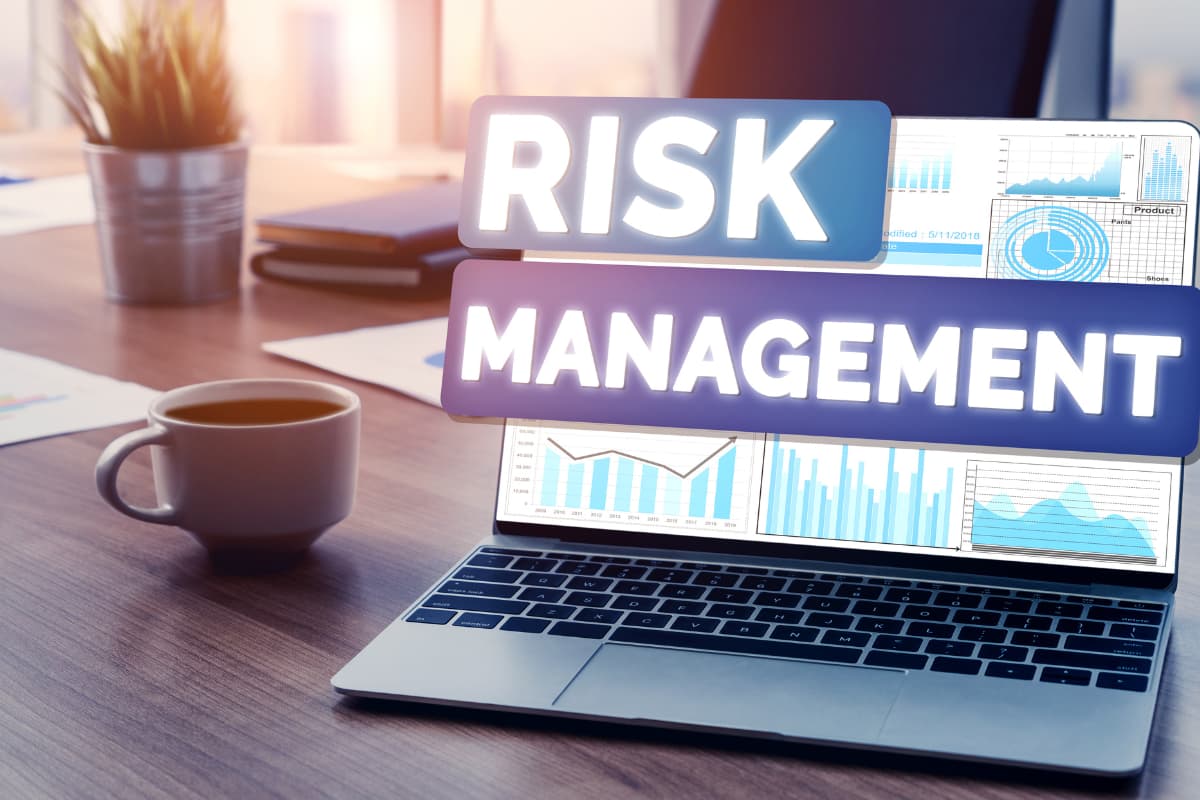
Making a detailed plan is key to effectively managing risk in your trading. Let us dig into the main steps to create a comprehensive risk control plan:
- Identify your risk tolerance and trading objectives: The first step is to be clear on how much risk you are willing to take on per deal and what your goals are (both long and short-term).
- Determine position sizing: The next step is to use calculators to determine the right percentage of your account to risk on each trade based on your risk tolerance and strategy.
- Set stop-loss and take-profit levels: You need to define at what price points you will exit a losing trade. In addition, determine where you will take profits on a winning trade to lock in gains.
- Regularly review and adjust your plan: Reassess after gaining experience and as market conditions change. Be open to refining your plan over time as your skills and knowledge progress.
With a comprehensive, customized plan in place, you can approach trading with greater confidence and control over your risk.
Strategies for Maintaining Trading Risk Control
There are several important strategies you can employ to help maintain control over your risk when trading. Using these approaches will help you trade smarter and protect your capital. Now let us dive into the six common techniques for trading risk control.
Diversify your trading portfolio seriously
Diversifying what you invest in is one of the most important things you can do to stay in control of your risks. Instead of focusing only on a single asset, make sure to spread your money across different ones.

For example, do not let all your trades be solely in gold – also invest in things like silver or oil. Having a variety of positions means difficult movements in any single market won’t impact your whole portfolio. It helps smooth out the risks. Be sure to research the different options you have available to diversify properly.
Harness the strength of hedging
Another risk control approach to protect your capital and avoid losses is hedging. Hedging allows you to offset potential losses that could occur if prices move against your positions. In your own trades, hedging provides stability even during turbulent times.
For example, if you were trading oil and were concerned about increases, you could purchase call options as a hedge. That way whether the price rises or falls, your risk is limited. Options and futures give you tools to take offsetting positions that remove some uncertainty. Making hedging part of your approach provides reassurance when volatility arises.
Identify and evaluate risks
Traders need to understand the various risks involved in commodity markets. There are different types of potential risks traders may face, such as risks from price fluctuations, defaults, errors, and legal issues.
- Market risk comes from changes in supply and demand that impact prices.
- Credit risk exists if another party refuses or fails to fulfill their obligations in a financial transaction.
- Legal and regulatory risks involve breaking laws and rules that govern markets.
Learn how these risks can affect your position is a key part of maintaining control. After that, properly assess the level of danger and adjust your strategies accordingly.
Limit position size and stop-loss orders
Position sizing is also a critical risk management method. Do not risk more money than you can afford to lose on any single trade. By carefully setting position sizes as a percentage of your total account, you can avoid facing huge losses.

It is also vital to use automatic stop-loss orders that will sell your position if the market moves against you. Pick a stop price, like 10% below what you paid, to limit the downside if needed. This tool prevents one bad trade from costing you everything.
Monitor and modify continuously and accordingly
Effective risk management requires an ongoing process of evaluation and adjustment. You must review your portfolio regularly to see how it is performing and make any needed changes. This could mean selling certain assets, adjusting strategies or re-evaluating positions if companies seem riskier. Taking just a few hours every week to research your holdings and market conditions ensures you’ll notice warning signs early.
Build rules to keep your emotions out of your decisions
Maintaining emotional discipline is one of the hardest things when trading. It is easy to make decisions based on fear or greed when markets are volatile, but these emotions lead to mistakes. Decide your entry and exit points carefully before trades, then stick to the plan without wavering even if it is challenging. Having a sound strategy and sticking to it firmly, without allowing hopes or doubts to sway you, is vital for risk control.
Conclusion
In conclusion, taking control of risks is a vital part of achieving long-term success in the market. The strategies such as diversification, hedging, position sizing, and emotional discipline, provide effective ways for traders to maintain strong risk control. With the application of these techniques, along with continuous monitoring and adjustment of plans, one can start to truly master trading risk control.
For more insights and trading tips, please check out WeMasterTrade Blog.





